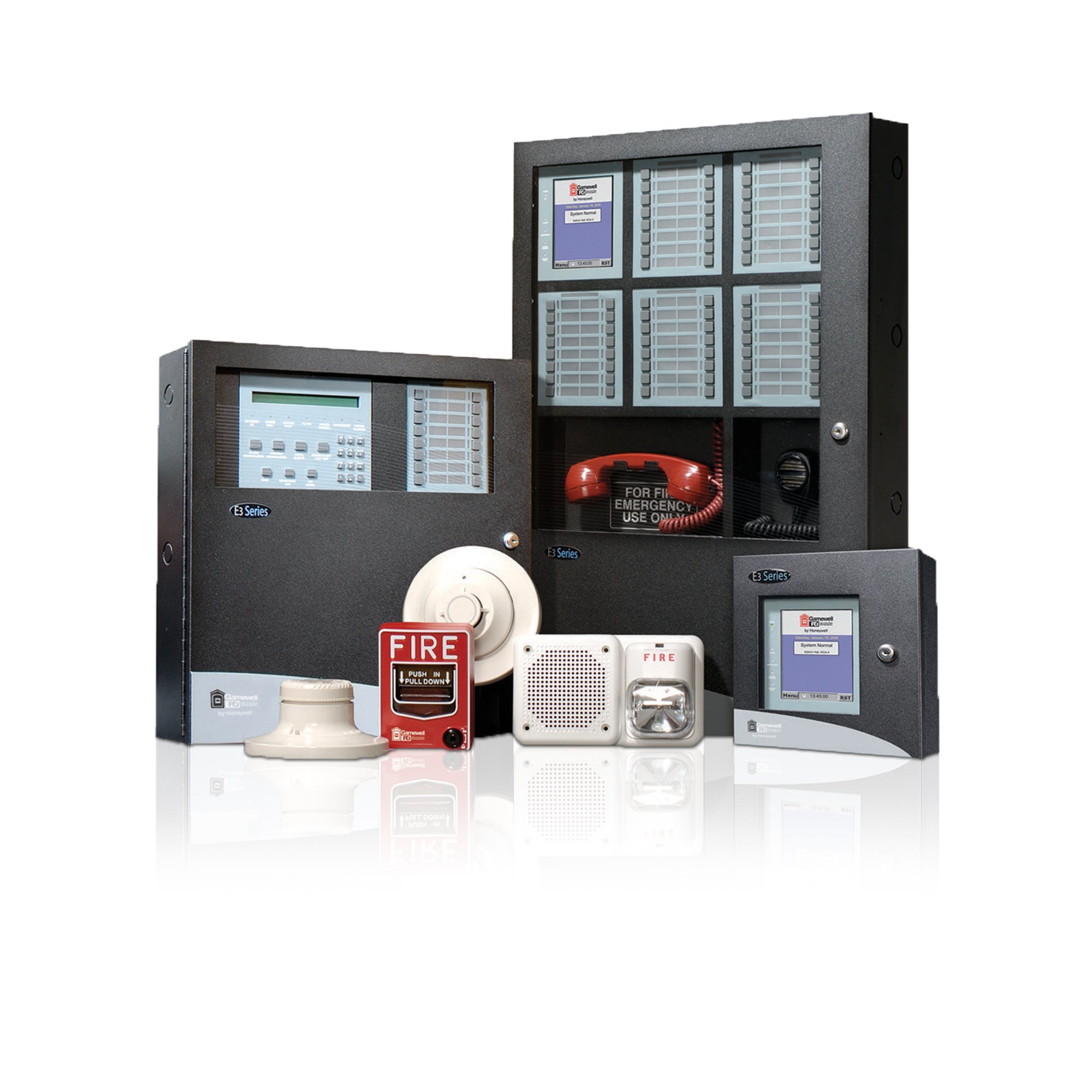Why It's Important to Use Redundant Activation Methods with your Distributed Recipient Mass Notification System (DRMNS)
Maya Barak, Senior Marketing Manager, Alertus Technologies
On Christmas Day 2020, a bomb exploded just outside the AT&T Building on Second Avenue in Nashville. The blast injured three people, destroyed a section of the city’s downtown, and resulted in multi-state internet outages for days. Hospitals, airports, and many other critical service organizations across parts of Tennessee, Kentucky, Indiana, Alabama, Georgia, Illinois, and Missouri were left without internet connectivity.
The event underscored the importance of building redundancy into the architecture of any emergency system. An incident across the street or even hundreds of miles away can have ripple effects that shut down internet service and hinder your ability to send emergency alerts – and potentially life-saving information – to your organization.
This poses a dangerous problem for organizations that rely on Distributed Recipient Mass Notification Systems (DRMNS), internet-based solutions which send alerts through channels like text and email, to activate all their alerting modalities.
While DRMNS technology offers powerful alerting and activation capabilities under normal circumstances, it’s critical to have another reliable front-end activation method so you can ensure everyone gets important notifications – even if the internet is down. For triggering emergency alerts, it’s ideal to install additional, foolproof products like hardwired activation buttons or integrations that allow you to activate your entire system directly from a VoIP phone or Fire Alarm Control Panel (FACP).
Every second counts in an emergency and redundant activation methods equip you with peace of mind and the ability to get critical information to the people who need it most. In order to make sure everything runs smoothly during a critical event, we encourage organizations to follow these mass notification system (MNS) best practices:
Set up properly. Implement your MNS with Standard Operating Procedures (SOPs) to address your organization's unique threats.
Test, and test again. Perform frequent drills, just like you would a fire drill, so everyone knows what to do in an emergency.
Train your users. For activation purposes, people need to be trained on the various activation methods you have – both hardware and software solutions. If a user doesn’t know how to activate your mass notification system under particular circumstances (for instance, if the internet is down), they won’t be able to send effective, timely alerts.
All organizations face different threats based on their location, population, or nature of business. How they prepare for and respond to these threats should be unique and tailored to their specific needs, but the common denominators for building a resilient system with DRMNS technology are redundancy, a reliable activation method, and users who know how to operate it in any situation.



